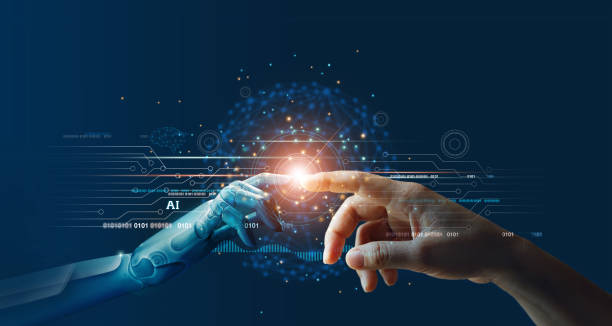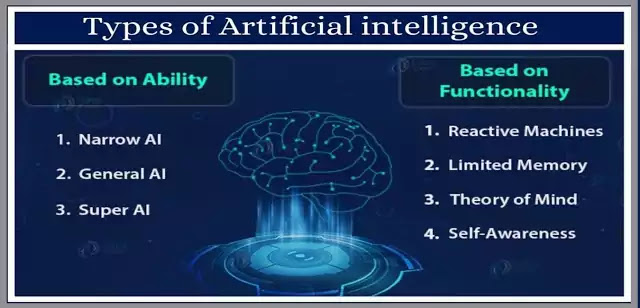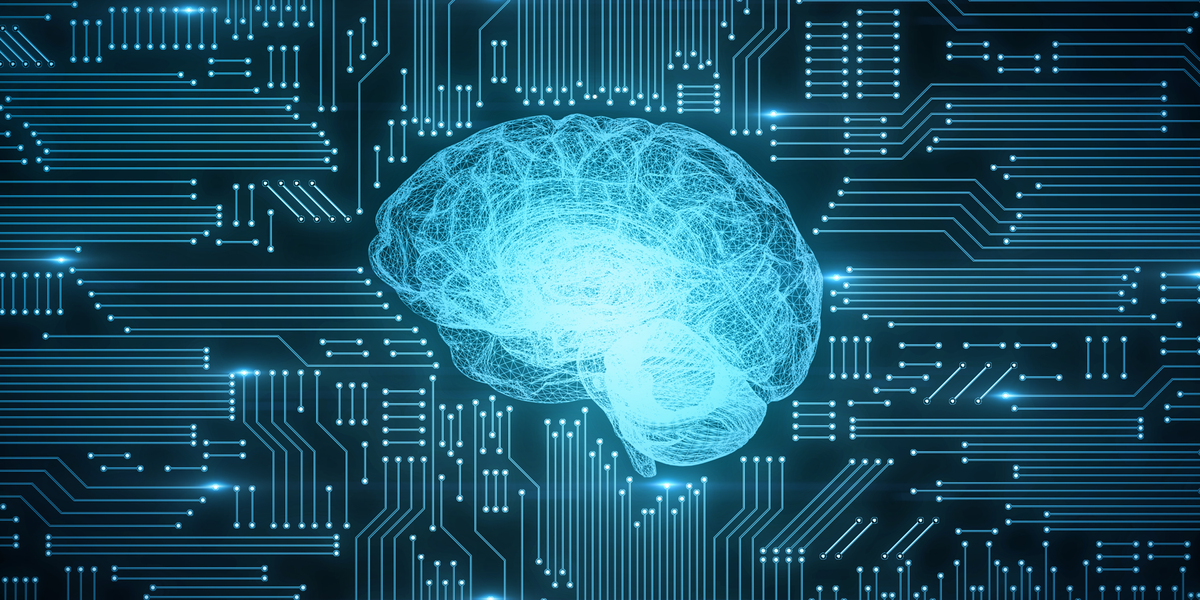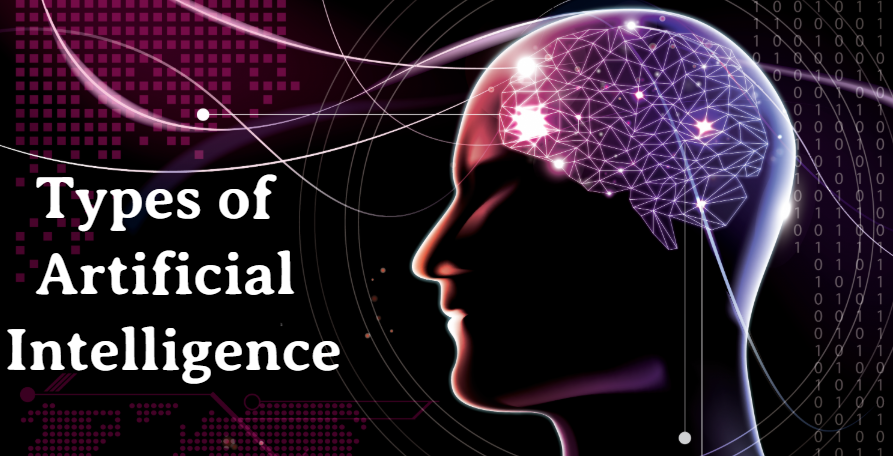Introduction.
- As we have learned from our previous article, Artificial Intelligence is a field of computation that has existed for many years; however, it is only in recent times that the field has become more pronounced and popular.
- Artificial Intelligence is the primary term that is used to describe machines that may exhibit cognitive and intellectual characteristics.
- An Artificial Intelligence may be classified into one of two categories; which may further be classified into subtypes. Ultimately, the factors that play an important role in determining which category an AI will be its ability and functionality.

The Two Categories of classification of Artificial Intelligence are:
- Based on the Machine’s Ability.
- Based on the Machine’s Functionality.

Artificial Intelligence Based on The Machine’s Ability.
1. Artificial Narrow Intelligence (ANI)
- This variant of artificial intelligence comprises all currently available AI, including the most complex and competent AI ever devised. Artificial narrow intelligence refers to AI systems that can only do a single given task autonomously (only one task at a time) while mimicking human capabilities. These machines have a very restricted or constrained range of competencies since they can only perform what they are configured to do. These systems correspond to all reactive and limited memory AI. ANI includes even the most complex AI that employs machine learning and deep learning to teach itself.

2. Artificial General Intelligence (AGI)
- Artificial General Intelligence refers to an AI agent’s ability to learn, observe, comprehend, and perform in the same way that a human being does. These systems will be able to develop multiple skills on their own, as well as make connections and inferences across other disciplines, hence dramatically reducing training time. By recreating our multi-functional abilities, AI systems will be just as competent as humans.

3. Artificial Super Intelligence (ASI)
- This is one of the most recent and popular topics of AI. Artificial Super Intelligence has not been created as yet.
- Artificial Superintelligence will most likely be the apex of Ai technologies. ASI will be dominantly better at everything they do, in addition to simulating human intellects multi-faceted intelligence. This is owing to higher memory, faster data processing, inferencing and analysis, and decision-making abilities. The merging of AGI and ASI will result in a crucial paradox. While the notion of having such powerful machines at our disposal may seem appealing, these machines may also constitute a risk to our survival, or our overall way of life.
- At this point in time however, it would be too soon to say the pros and cons about Artficial Life that hold computational power of an ASI. However, it is really wonderous to know that despite all the advancements that we have made in technology over the past years; we have barely scratched the surface of Artificial Intelligence.

Artificial Intelligence Based on The Machine’s Functionality.
1. Reactive Machines Artificial Intelligence
- These are the earliest AI systems, and their capabilities are highly limited. They simulate the capacity of the individual mind to respond to environmental stressors. Memory-based functionality or “recollection” is not available on such devices. This means that these robots are unable to use previous experiences to guide their current behavior, i.e., they lack the ability to “learn.” These machines could only be programmed to respond to a restricted number of inputs or combinations of inputs. They are unable to rely on memory to improve their operations. IBM’s Deep Blue, which defeated Grandmaster Garry Kasparov in a game of chess in 1997, is a famous example of a reactive AI machine.
- A Reactive Machine Artificial Intelligence will respond in the same way every time a particular event occurs in it’s surrounding.

2. Limited Memory Artificial Intelligence
- These are machines that can learn from historical data to make judgments in addition to offering the capabilities of fully reactive machines. This category of AI includes virtually all software systems that we know of. All modern-day AI systems, including deep learning systems, are trained using vast amounts of training data that they store in memory to create a reference model for solving future issues. For example, an image recognition AI is taught to name items it scans using hundreds of photos and their labels.
- The field from which this draws is called Machine Learning; we will speak more about this in future articles.

3. Theory-of-Mind Artificial Intelligence
- Mind-set theory Researchers are now working on developing AI, which becomes the next generation of AI systems. A theory of mind level AI will be able to distinguish the needs, emotions, beliefs, and mental processes of the organisms with which it communicates. A ttaining the level of Theory – Of – mind AI would require breakthroughs in other AI disciplines as well. Because AI computers will have to view humans as individuals whose minds can be changed by a variety of elements in order to genuinely grasp human needs, they will have to “understand” humans, and human nature.

4. Self-Aware Artficial Intelligence
- This is the final step of Ai technologies, which exists only in concept in present times. Self-aware AI is an AI that has developed to the level where it resembles the human brain to such an extent that it has gained self-awareness. The ultimate goal of all AI research has been, and will continue to be: to create this form of AI. Achieving this feat may take years- Decades, or centuries. This form of AI will not only be able to identify and induce feelings in individuals with whom it interacts, but will also have its own emotions, wants, beliefs, and maybe goals. And this is the kind of AI that critics of the technology are concerned about. Given the fact that it will be able to outmanoeuvre human beings in every possible way- if these machines have desires of their own, such as sustainability and preservation, they may view human beings as intruders and potential threats.

Conclusion.
This effectively concludes the information for my blog post on Types of Artificial Intelligence. I do hope that you have new takeaways on the topic of Artificial Intelligence.
Thank you for your time.

